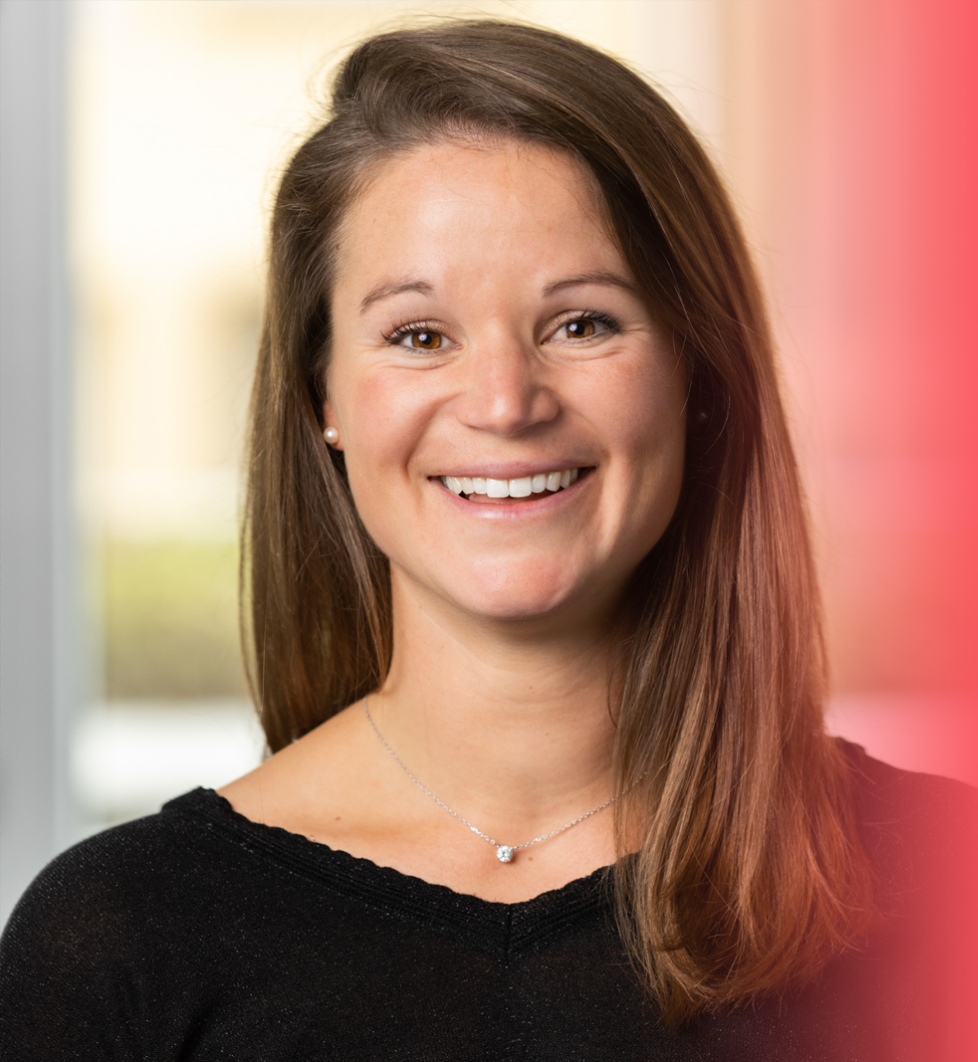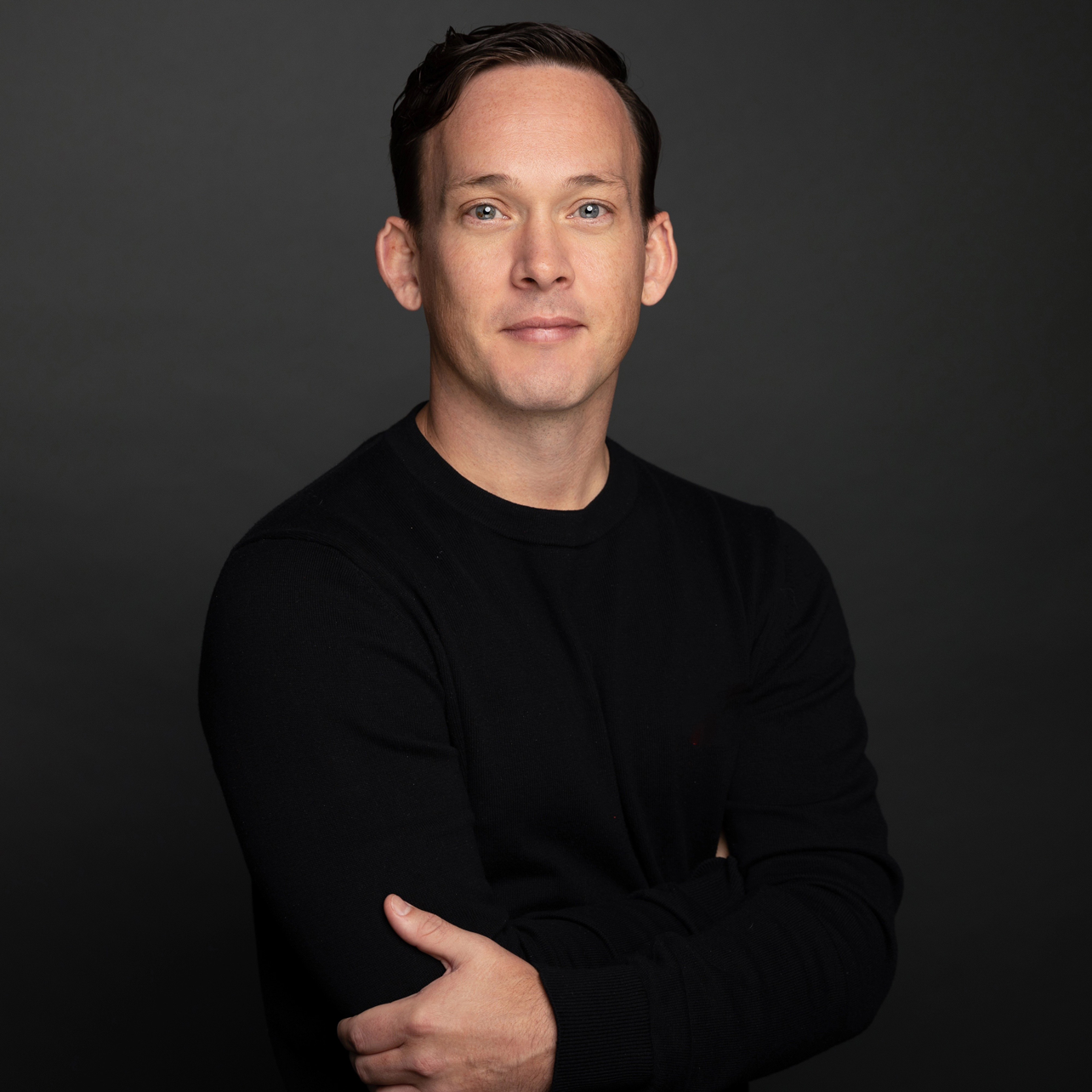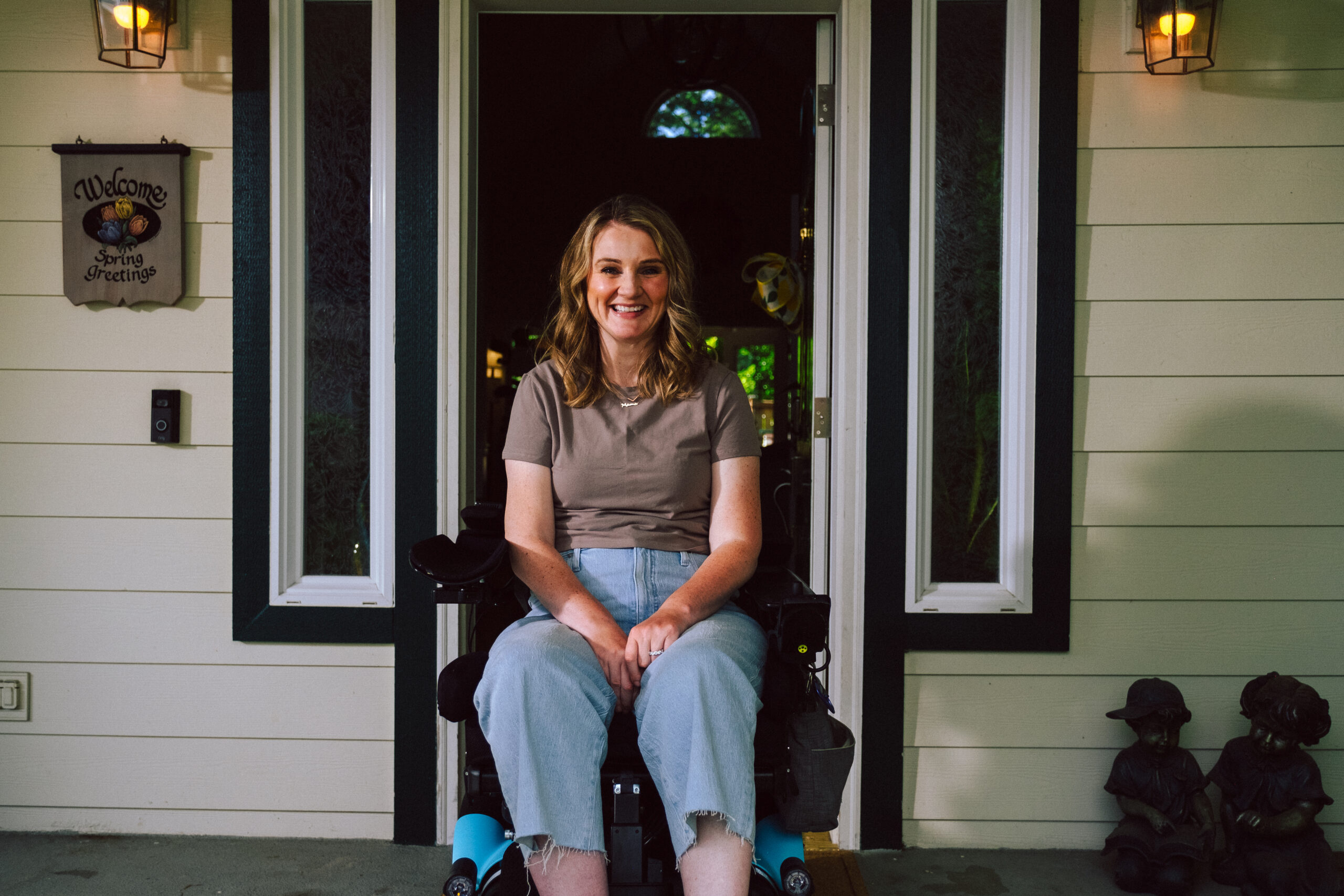“Get up, get after it, repeat. Some days are better than others, some days will be tough,” said Sherown Campbell, referencing his workout routine lifting weights at the gym. “But stay consistent and keep showing up and it’ll all work out for the best.”

ARCEX Trailblazers:
Sherown shares his own journey
Lifting weights is especially arduous for this gym enthusiast. More than a decade ago, Sherown became paralyzed after horseplay with a friend took a dark turn.
“I was wrestling with a friend, got caught in a headlock, didn’t tap out, and broke my neck,” said Sherown.
That was the day Sherown became a paraplegic. Suddenly, his life slowed down and completing everyday tasks became more difficult for the father of two.
“I had to make a lot of adjustments, a lot of things to work through,” said Sherown. “I think for people on the outside looking in, they don’t really grasp how much the little things impact your life like the ability to move quickly.”
Some of those little things that mattered the most were getting dressed, cleaning dishes, and showering.
“It’s just the smaller daily tasks that really add up,” said Sherown. “I do everything probably four times slower than the average person. Getting up and getting ready in the morning isn’t 10 to 15 minutes to hurry out of the door. It’s a good solid hour of pretty high-level effort and work to get going and out the door in the morning.”
Sherown’s initial hospitalization and physical rehabilitation took place at Craig Hospital in Englewood, Colorado, one of top rehabilitation centers in the United States. He remained plugged into the latest clinical studies at the hospital, hoping to come across breakthrough solutions to address his physical challenges.
Eight years after his injury, Sherown learned about an ONWARD clinical trial called Up-LIFT. The global clinical trial studied whether programmed, electrical stimulation of the spinal cord delivered through a non-invasive device could help paralyzed people like Sherown move their arms, hands, and fingers again. That programmed stimulation is delivered through the ONWARD ARCEX System.
“When I first heard about it, my initial reaction is that it sounded pretty cool. I liked the research aspect of it.”
Sherown signed up for the study. For three months, he received the spinal cord stimulation therapy and practiced tasks like manipulating a Rubik’s cube or throwing a ball. Over the weeks, he noticed changes.
“Most all areas have improved,” he said during the study. “Showering in the shower, I can reach the areas I was having issues with before, and even putting deodorant on in the morning.”
During the study, he also observed improvements in his typing speed.
“I am a dork. So I have like a game that measures my typing. [During the study], my typing speed improved from 23 words per minute to 35 words per minute. So for me that’s a significant improvement.”
Now that ONWARD® Medical has obtained clearance from the US Food and Drug Administration (FDA) to market the ARCEX System in the US, Sherown hopes he can receive the therapy again, in hopes of continuing his progress towards independence.
“I’m in such a much better place. My kids are grown, I have been successfully parenting and living independently for the past nine years. And that’s beating expectations. I’m extremely grateful and thankful for that.”
*The ONWARD® Medical ARCEX® System is cleared for use only in the United States. The ARCEX System is intended to deliver programmed, transcutaneous electrical spinal cord stimulation in conjunction with functional task practice in the clinic to improve hand sensation and strength in individuals between 18 and 75 years old that present with a chronic, non-progressive neurological deficit resulting from an incomplete spinal cord injury (C2-C8 inclusive). ONWARD ARCIM® and ARCBCI™, alone or in combination with a brain-computer interface (BCI), are investigational and not available for commercial use.
**Patient testimonials reflect individual experiences and outcomes, which may vary. Please review the full product label and clinical study data.


